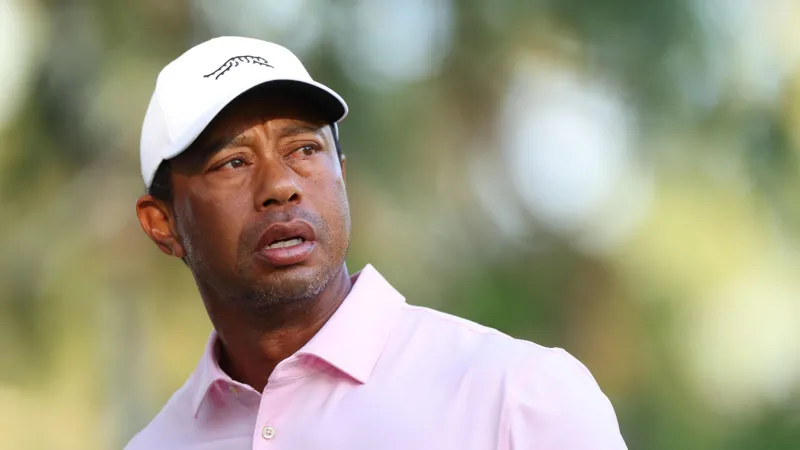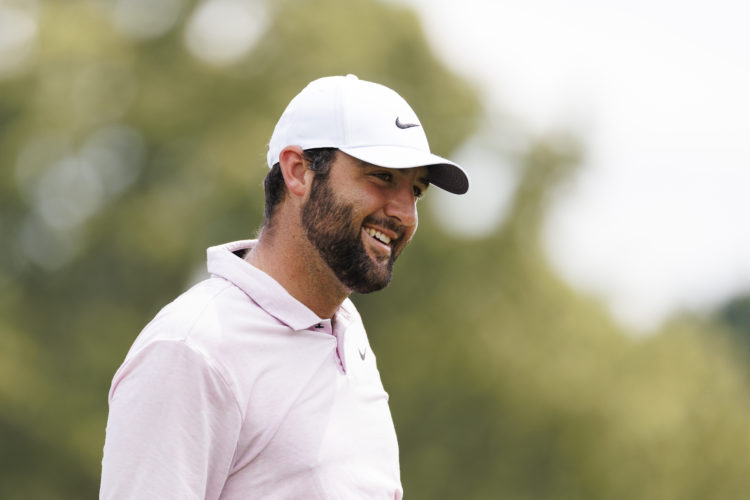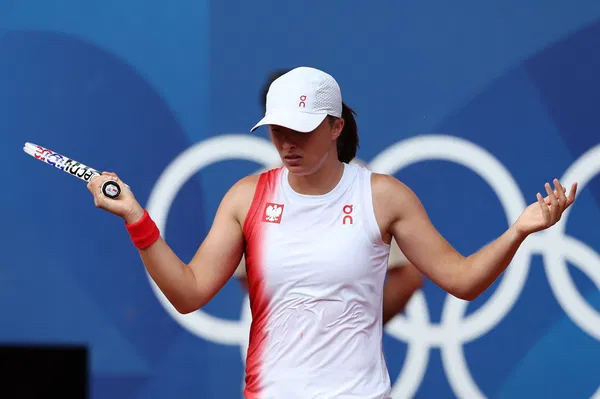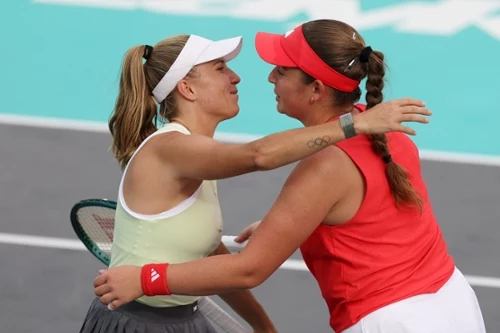Golf’s Ultimate Test: US Open at Pinehurst’s No. 2 Course Promises Tough Challenge
Golf’s Ultimate Test: US Open at Pinehurst’s No. 2 Course Promises Tough Challenge
The US Open is renowned for being “golf’s toughest test,” and Tiger Woods anticipates another “war of attrition” at Pinehurst No. 2 this week. Historically, only four players have finished under par in the previous three US Opens held at this North Carolina resort.
This year’s 124th US Open is expected to be equally challenging, with the speed of the “upturned saucer” greens being a major talking point. Defending champion Wyndham Clark noted that the greens are already “borderline” too quick, while Woods mentioned that many players have “putted off lots of greens” during practice.
“It depends how severe the USGA wants to make this,” Woods added. “But I foresee, just like in 2005, watching some of the guys play ping-pong back and forth [across the greens]. It could happen.”
The United States Golf Association (USGA), which oversees the US Open, is mindful of avoiding past issues, like those at Shinnecock Hills in 2004 and 2018, where the course conditions were heavily criticized.
Woods, now 48, was in his prime during the 1999 and 2005 US Opens at Pinehurst. He finished third in 1999, where Payne Stewart was the only player to beat par, and was runner-up in 2005, missing out on his 10th major title by two shots to Michael Campbell. Woods was absent due to a back injury in 2014 when Martin Kaymer won by eight shots on a course that had undergone significant renovations.
The traditional US Open rough and narrow fairways were replaced with sandy “native areas” and “turtleback” greens as the course’s main defenses. In 2014, only Kaymer, Rickie Fowler, and Erik Compton finished under par, with Kaymer triumphing at nine under.
“This could be one of the Opens where whatever the leading score is [after round one], that’s probably as low as we’ll ever go,” Woods predicted. “We were half joking that by the end of the week it might be one of those when the greens get so slick that you bend down to read a putt or fix a ball mark, and your putter slips.”
The course, designed by Donald Ross, who drew inspiration from Scotland’s fabled links, was opened in 1907. “When Donald did this golf course and made the greens this severe, I don’t think he intended it to be running at 13 on the stimpmeter,” Woods explained. “They’re very severe, and we’re playing under faster conditions. It’s more of a test. It’s going to be a great test and a great war of attrition this week.”
Excitement Builds Over Pinehurst’s Green Surrounds
The course’s green surrounds are sparking much debate among players regarding the best strategy—whether to use putters, wedges, irons, or even fairway woods. Rory McIlroy believes this variety will make the tournament more exciting for fans, compared to the usual PGA Tour setups with thick rough.
Speaking on Tuesday, McIlroy said he had “36 hours” to “figure out what I’m comfortable with around the greens.” World number one Scottie Scheffler appreciates the run-off areas more than heavy rough, noting they add “variety, excitement, and creativity around the greens.”
Woods has ruled out using woods, while Bryson DeChambeau is favoring his wedges unless faced with a bad lie. Viktor Hovland is leaning towards the putter, and Xander Schauffele, fresh off his first major win at the US PGA Championship, prefers putting.
Martin Kaymer, who excelled with his putting in 2014, might change his approach this week due to thicker grass. “I might be using the rescue a little bit more often or the hybrid around the greens because of the length of the grass,” he said.
As the only player to reach double digits under par in a US Open at Pinehurst No. 2, Kaymer’s insights underscore the complexity and challenge players will face this week. This year’s US Open promises to be a rigorous test, reflecting the tournament’s reputation for demanding excellence.






